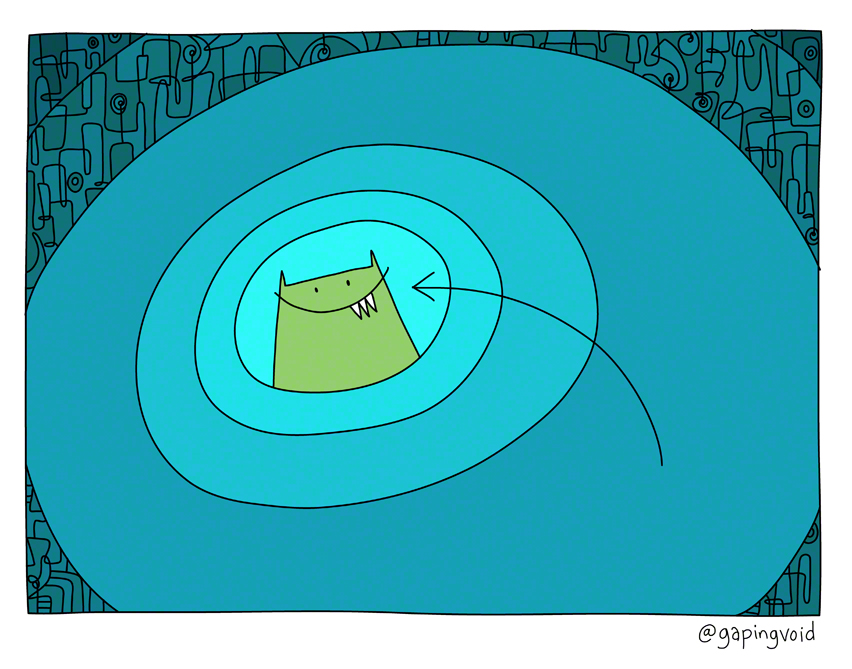Introduction
In industry, process-driven design might be considered in the context of manufacturing and process optimization. In the context of healthcare, process-driven design can be considered through  several approaches, including Lean, Human Factors/Ergonomics, and Experience Design. Each of these is similar but different in subtle (and not so subtle) ways. An evidence-based design (EBD) process would support any or all of these approaches. While any individual approach may move us ahead of a traditional design process of user meetings, we can aspire to an EBD process where these three approaches meet, leveraging the benefits of each.
several approaches, including Lean, Human Factors/Ergonomics, and Experience Design. Each of these is similar but different in subtle (and not so subtle) ways. An evidence-based design (EBD) process would support any or all of these approaches. While any individual approach may move us ahead of a traditional design process of user meetings, we can aspire to an EBD process where these three approaches meet, leveraging the benefits of each.
The Process-Driven Design Toolbox Contains:
Webinars
- "Patient Experience: The "X" Factor of Design," explore insights gained from a multiyear research effort by Gensler to identify and quantify the factors of design that impact the human experience, as well as other industry sources. This webinar digs deeper to explore a trend discussed at these two speakers' standing-room only session at Healthcare Design Expo & Conference 2018.
Three
Project Briefs
- "The Role of Simulation In a New Hybrid Operating Room," explores how a variety of approaches—including research, observation, and process mapping exercises—were used in conjunction to develop the new design plans, why the architectural team relied on existing staff, patients, and families to understand which needs to address in the redesign, and how envisioning the new center as a “house” could better support the needs of patients and families.
- "How Evidence-Based Design and Lean Philosophies Worked Together to Create a Flexible Prototype Unit for UW Health," examines how a unit redesign for UW Health will serve as a prototype for future redesign projects, why the new unit must be flexible to respond to a variety of staff and patient needs, and how a multidisciplinary team used a range of observational findings and current literature to inform the overall design process.
- "Taking an Empathic Approach In the Design of the Center for Cancer and Blood Disorders," learn about how a variety of approaches—including research, observation, and process mapping exercises—were used in conjunction to develop the new design plans, why the architectural team relied on existing staff, patients, and families to understand which needs to address in the redesign, and how envisioning the new center as a “house” could better support the needs of patients and families.
Two
Interviews
- "How Applying a Human Factors Ergonomics Approach Helps Optimize the Design, Function, and Safety of Units at Yale New Haven Health System," an interview with Jessica Ray and Stephanie Sudikoff, learn about how Human Factors Ergonomics considers the interactions among staff members, patients, and equipment to support strategic design decisions, the importance of creating design mock-ups and developing case studies to test designs in various use cases, and the value of cognitive walkthroughs with staff, patients, and family members to explore operations in new or renovated spaces and identify areas for improvement.
- "The Need to Incorporate Continuous Improvement Into Healthcare Design Plans," an interview with Roger B. Call, Learn about: how incorporating continuous improvement in the design process can benefit healthcare organizations, which Lean elements can serve as a framework for designers to approach a project, why design should be adaptive over time to accommodate changing needs, and how the evidence-based design process and Lean elements can complement each other.
Click here to view all Process-Driven Design Toolbox resources
* Want to learn how to become an Affiliate+ member? Contact Lynn Kenney, lkenney@healthdesign.org
